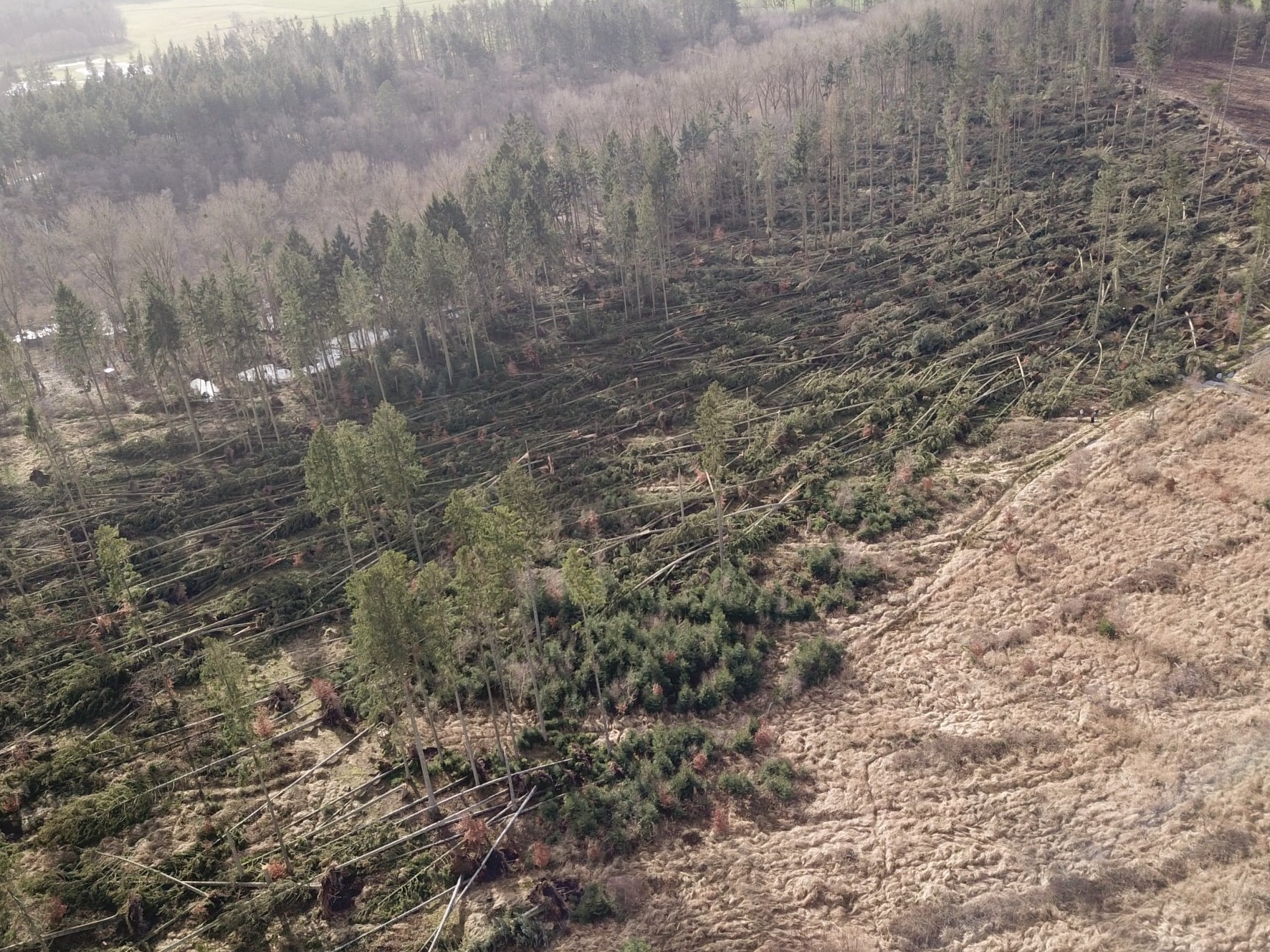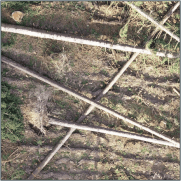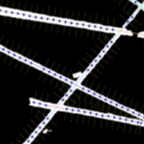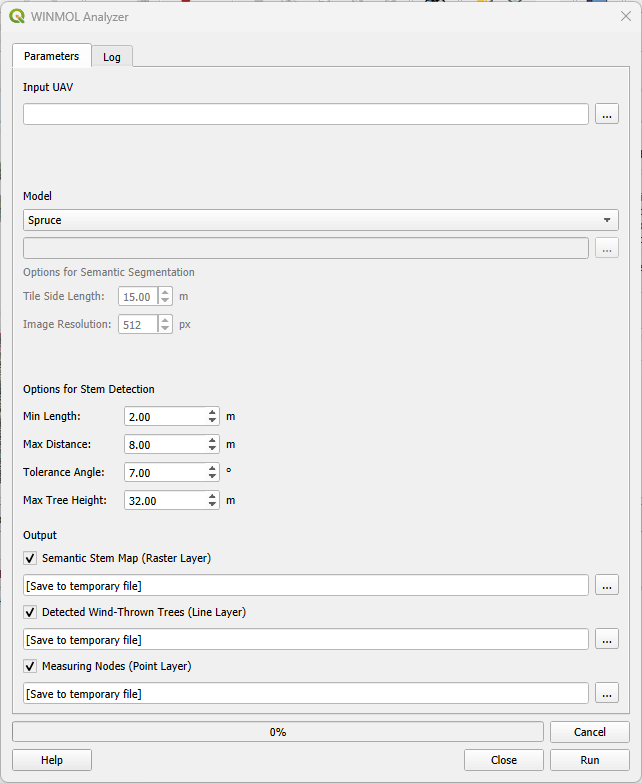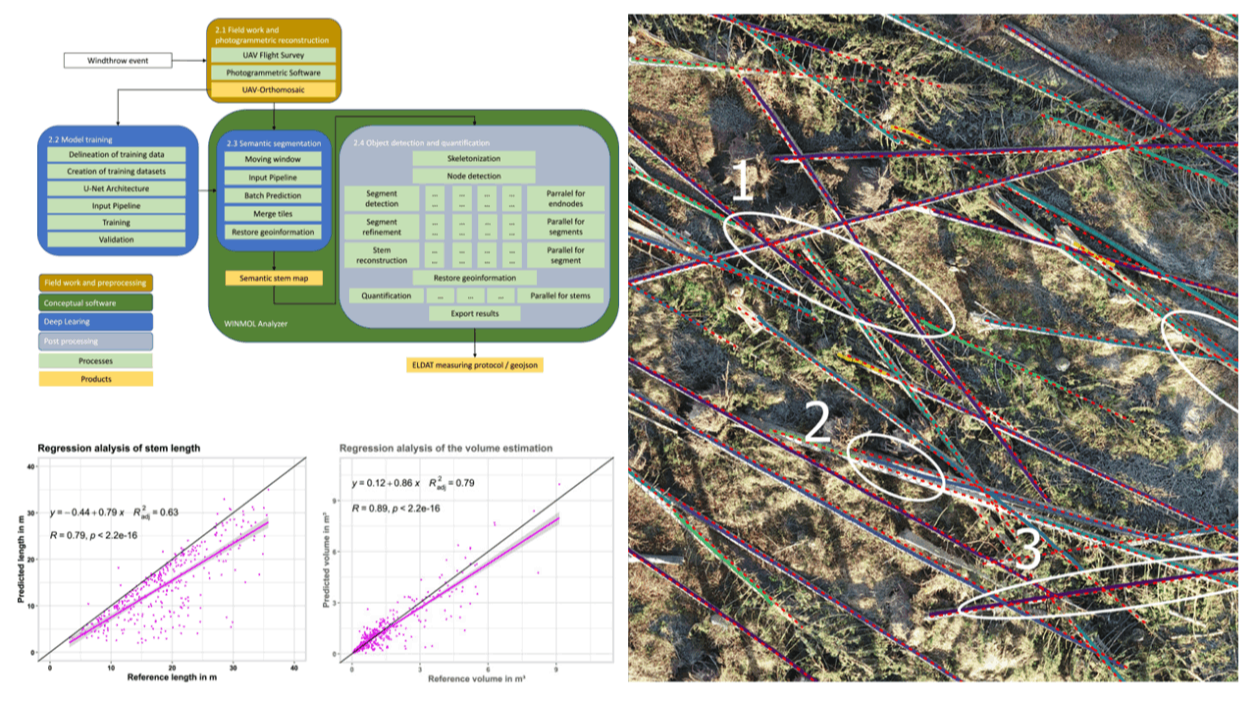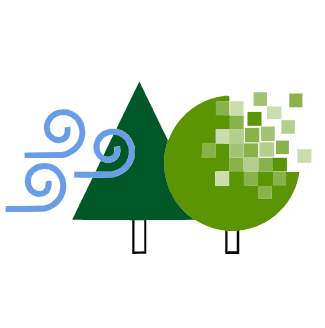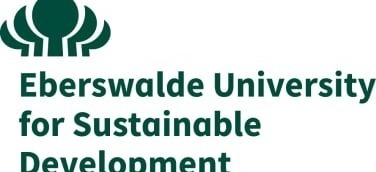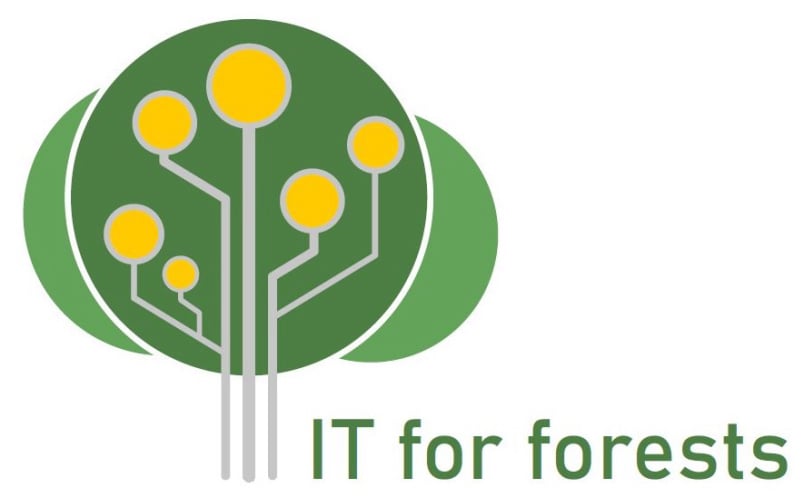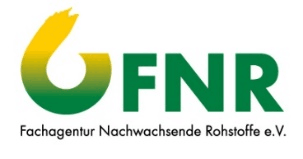WINMOL Analyzer
Detection and quantification of windthrown tree stems on UAV-orthomosaics
Severe storm events are the biggest driving factor for biomass loss in European forests. Besides the damages caused by the storm itself, there are subsequent damages due to biotic, abiotic and market factors with far reaching implications for forestry and conservation. These subsequent damages can be minimized if the amount and spatial distribution of the windthrown trees is known and can be used to optimize salvage operations and calamity management.
Traditional methods and space born remote sensing can only provide estimations of the affected area, whereas remote sensing with aerial sensors is able to obtain the spatial distribution of the stems with high detection rates up but not to quantify single logs due to an insufficient spatial resolution.
The WINMOL Analyzer closes this gap by analyzing UAV-orthomosaics with Deep Learning techniques to obtain precise information of the spatial distribution and estimate the volume of the windthrown trees. Therefore, the U-Net was included in a bottom-up object detection based on a skeletonization algorithm including a reconstruction of occluded stem parts by a voting system based on morphological heuristics. For the subsequent quantification of the detected stems, the diameter is determined every 25 cm, and the volume is calculated as sum of truncated cone volumes.
For the development of WINMOL Analyzer, 21 orthomosaics of beech, spruce and mixed stands with a ground sampling distance of mostly less than 2 cm were used, on which 1747 windthrown tree stems were manually outlined for the training of the provide deep learning models “Spruce”, “Beech” and “General” for pure and mixed stands, respectively. Additionally, 710 trees were digitized and measured for the validation of the methodology.
It could be proven that the proposed methodology is able to detect windthrown tree stems with an average detection rate of 93.8% for spruce stands (error rate 1.8%) and with 93.3% for beech and mixed stans (error rates of 4.3% and 6.3%). Thereby, the detected volumes were overestimated by the specific models for spruce (11.8%) and beech stands (10.7%) while the “General” model was underestimating the volume by 5.8%, on average. Generally, specialization on certain tree species carries the risk of lower detection rates for unfamiliar scenes and species, while a general model is associated with a higher rate of classification errors. Further, it could be shown that the performance of the proposed methodology is affected by the quality of the used orthomosaics.
The quantification of the amount of windthrown wood and the reconstruction of occluded stem parts are unique features compared to other recently published approaches with far reaching implications for forestry, ecology, and biodiversity conservation. The proposed methodology provides additional information for decision-making in the planning of salvage loggings and for monitoring of biomass and carbon cycles. Further, it can contribute to a better understanding of windthrow dynamics and therewith, will support the development of sustainable management strategies which focus on resilient forest ecosystems.
For detailed information please visit the original publication linked below.
